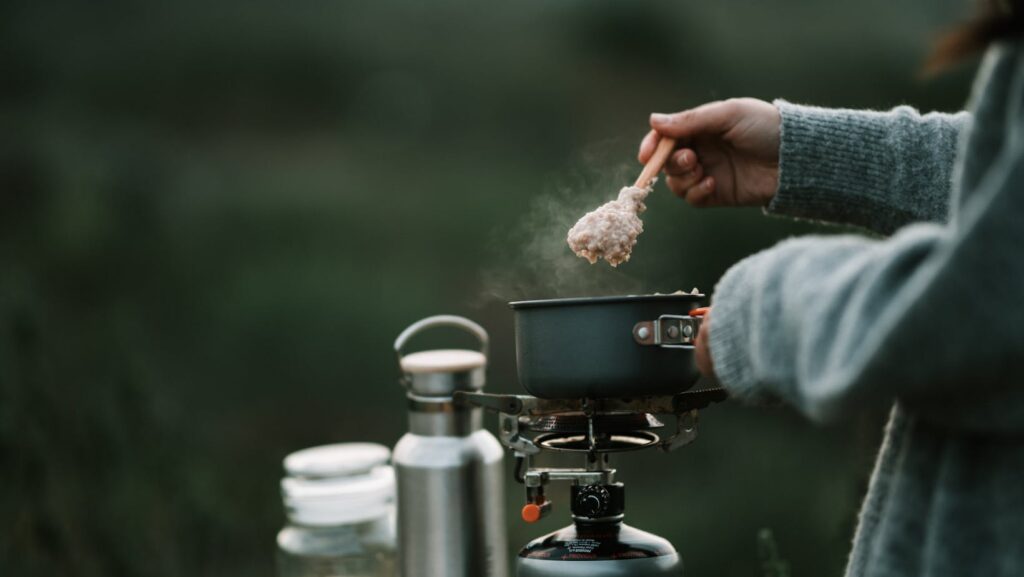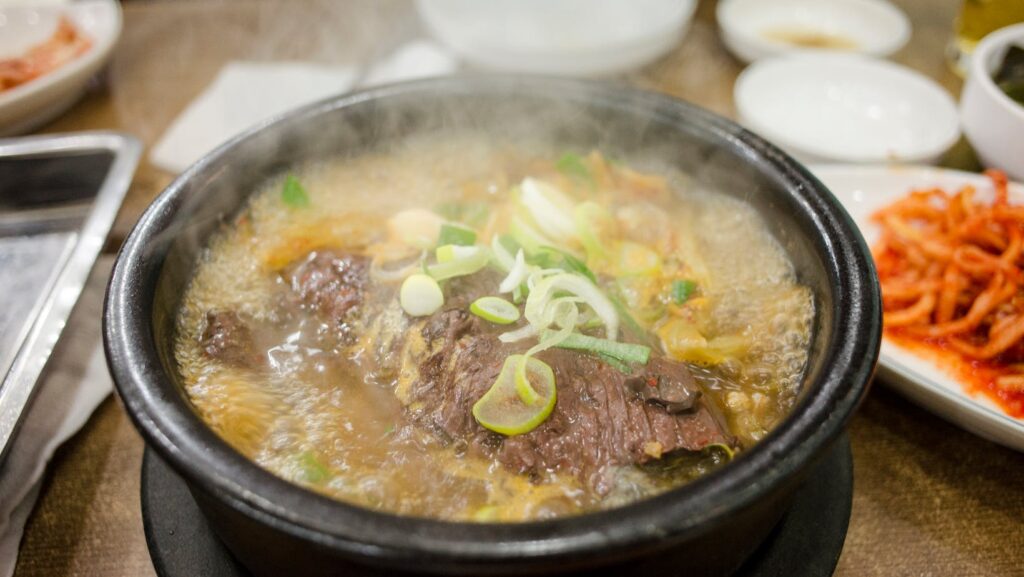Ever wondered why your grandma’s turkey is always so juicy and tender? Or why that restaurant steak melts in your mouth? The secret lies in mastering moist cooking techniques. These methods, which include braising, poaching, and steaming, can transform even the toughest cuts into succulent, flavorful dishes.
Whether you’re a novice cook or a seasoned chef, understanding and applying these techniques can elevate your culinary game. So, let’s dive into the world of moist cooking and discover how it can help you create mouthwatering meals, every time.
Moist Cooking Techniques
In this section, let’s take a closer look at what moist cooking techniques are and the advantages they offer.
What Are Moist Cooking Techniques?
Widely employed in kitchens around the globe, moist cooking techniques involve the use of liquid or steam as the cooking medium. Some of the most common methods include braising, poaching, steaming, and boiling. With these techniques, the heat circulates evenly and cooks the food thoroughly, resulting in tender, juicy dishes. Take braising for instance: this involves slow-cooking food in a small amount of liquid, in a close-fitting pot. Another example, steaming, employs hot steam to cook the food, preserving nutrients, and enhancing flavors.
Benefits of Moist Cooking Methods
Embracing moist cooking techniques brings about a host of benefits. First, you’ll encounter growth in the flavor profile of your dishes. Second, these methods open up possibilities for utilizing less tender cuts of meat, as the slow cooking breaks down tough connective tissue. Finally, these techniques can be healthier as they eliminate the need for additional fats or oils. By choosing moist cooking methods, you’re not just enhancing your cooking repertoire; you’re optimizing it for taste, versatility, and health.

Common Moist Cooking Techniques
After gaining a clear understanding of the benefits of moist cooking methods, let’s delve into the specifics of the most utilized techniques among them. Poaching, steaming, and braising not only impart unique flavors to dishes, but also yield tender and moist results that are often healthier than alternatives.
Poaching
Among the top moist cooking methods, you’ll find poaching. In this method, food is completely submerged in liquid such as water, broth, or wine that is heated to a low simmer. Remember, boiling water can be aggressive; however, poached dishes demand low, steady heat. This method is often ideal for delicate proteins like fish and eggs. For instance, poached salmon is well-known for its mild, succulent flavor and moist texture attained through the gentle process of poaching.
Steaming
Recognized as one of the healthiest moist cooking methods, steaming requires specialized cookware that allows food to cook above boiling water or broth. Most people underestimate the importance of steam within the cooking process. In fact, the steam’s consistent, surrounding heat cooks food evenly while preserving key nutrients often lost in other techniques. Vegetable medleys, for example, can retain their vibrant color, texture, and essential nutrients when steamed.
Braising
Braising involves two key steps. Firstly, ingredients (often tough cuts of meat) are briefly seared over high heat. Secondly, they’re cooked gently in a small amount of liquid, inside a covered pot. You may notice that unlike other moist cooking methods, heat transfer in braising occurs through both the liquid and the steam it generates. Thus, yielding deeply flavored and tender dishes, exemplified by popular meals like beef bourguignon or coq au vin.

Turn Theory Into Practice
Remember, the key to moist cooking success lies in temperature control and timing. Whether you’re gently poaching delicate foods or slowly braising tough meats, maintaining the right heat level and cooking duration is crucial. Don’t forget the power of aromatics and broths too. They’re your secret weapon for adding that extra touch of flavor, aroma, and texture.
It’s your turn to put theory into practice. Go ahead, unleash your culinary creativity and let moist cooking techniques transform your kitchen adventures.
